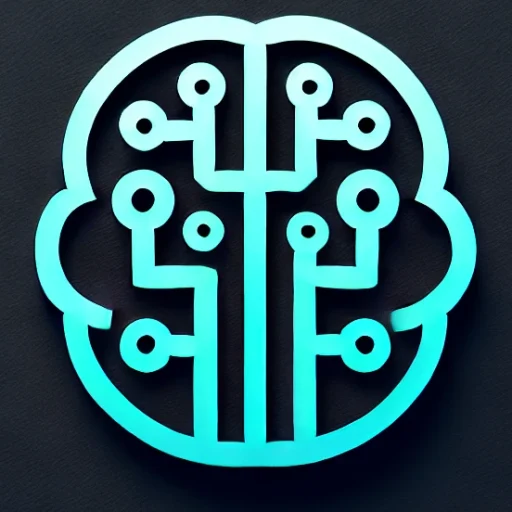
Introduction
The realm of artificial intelligence (AI) continues to expand at an unprecedented pace, with generative AI standing out as one of the most transformative and intriguing developments. This technology, capable of producing content ranging from text and images to music and beyond, is endowing machines with creative powers once thought to be uniquely human. As we delve into this burgeoning field, we explore the latest advancements, its significant real-world applications, the challenges it faces, and what the future might hold for generative AI.
Key Insights & Latest Advancements
Generative AI has seen remarkable strides, thanks to advancements in deep learning and neural networks. Models like OpenAI’s GPT-4 and Google’s BERT have demonstrated impressive capabilities in understanding and generating human-like text. In the realm of visual content, tools such as DALL-E and Midjourney have shown the ability to create sophisticated images from simple textual descriptions. These developments are driven by improvements in model architectures, increased computational power, and access to vast datasets.
A notable trend is the growing democratization of AI tools, allowing individuals and small businesses to harness sophisticated technologies that were once the domain of tech giants. Efforts towards open models and community-driven projects are encouraging wider participation and innovation in the field.
Real-World Applications
Generative AI is already revolutionizing numerous industries. In the entertainment sector, it’s being used to develop scripts, create music, and design video game characters and environments. Healthcare benefits from AI-generated molecular structures for drug discovery, while in finance, AI models are being used to simulate market scenarios and generate synthetic data for risk assessment.
Moreover, in the realm of content creation, bloggers, journalists, and marketers are leveraging AI to draft, refine, and enhance written content, significantly speeding up the production process and maintaining high-quality standards.
Challenges & Future Outlook
Despite its potential, generative AI is not without challenges. Issues such as data privacy, ethical considerations regarding content ownership, and the risk of misuse for disinformation or harmful propaganda need addressing. Additionally, the digital divide poses a challenge, as not all communities have access to the necessary resources to benefit from these advancements.
Looking ahead, the future of generative AI appears promising, with continued research focusing on enhancing model efficiency, reducing bias, and improving adaptability. As AI systems become more sophisticated, interdisciplinary collaboration will be crucial in ensuring that technological developments align with societal values and ethical norms.
Conclusion
Generative AI is undeniably a driving force in today’s technology landscape, heralding a new era of innovation and creativity. As industries increasingly integrate these tools into their workflows, they stand to benefit from enhanced productivity and new forms of expression. However, it is vital to navigate the accompanying challenges responsibly, ensuring these powerful tools are used ethically and inclusively. The ongoing evolution of generative AI promises to redefine our interaction with technology, offering exciting possibilities for the future.

